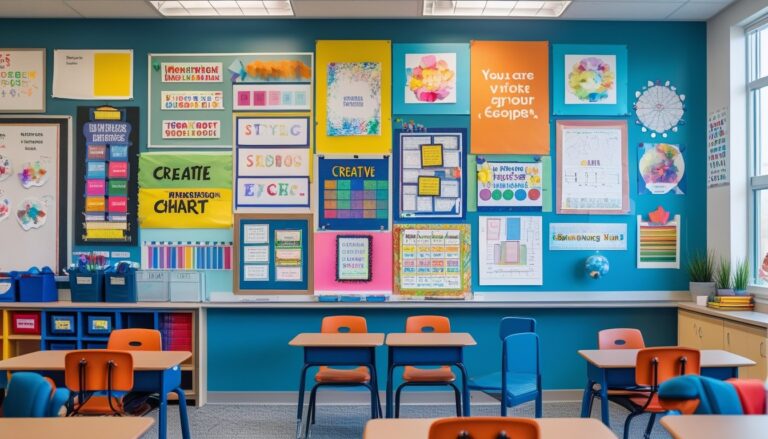5 Ways to Celebrate Indigenous Peoples’ Day Meaningfully and Respectfully
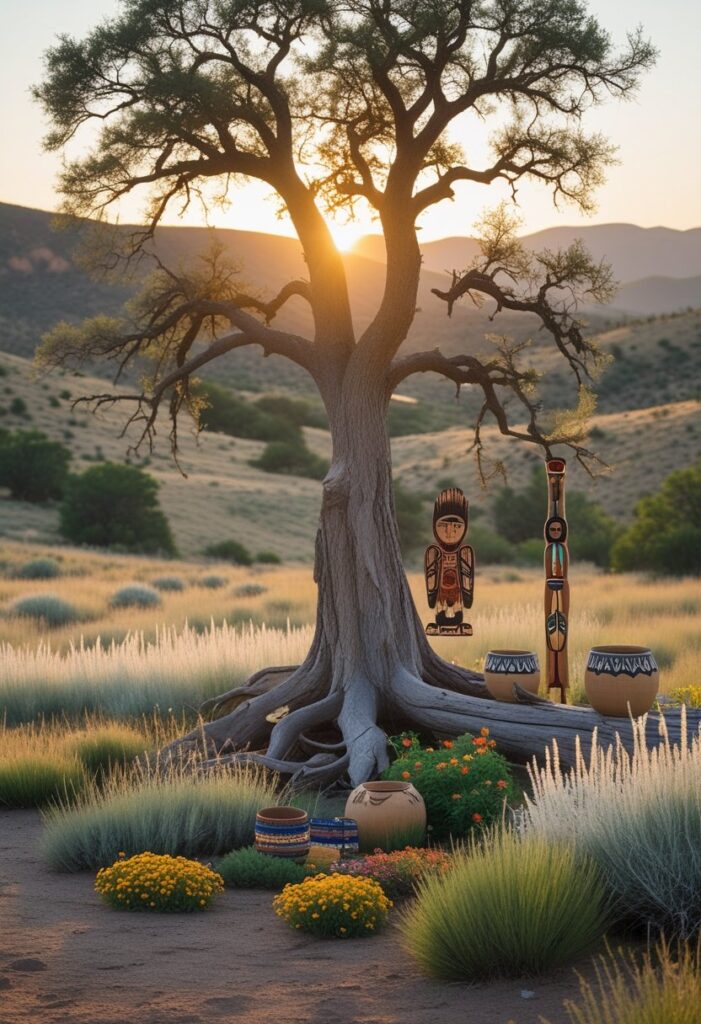
Indigenous Peoples’ Day is a time to recognize the history, culture, and contributions of Indigenous communities. It offers an alternative to Columbus Day by focusing on honoring Native peoples and their important role throughout history.
People can celebrate Indigenous Peoples’ Day in many meaningful ways that support education, culture, and community. Finding respectful and engaging ways to observe the day helps deepen understanding and appreciation of Indigenous peoples’ experiences and heritage.
1) Read books by Indigenous authors to gain authentic perspectives
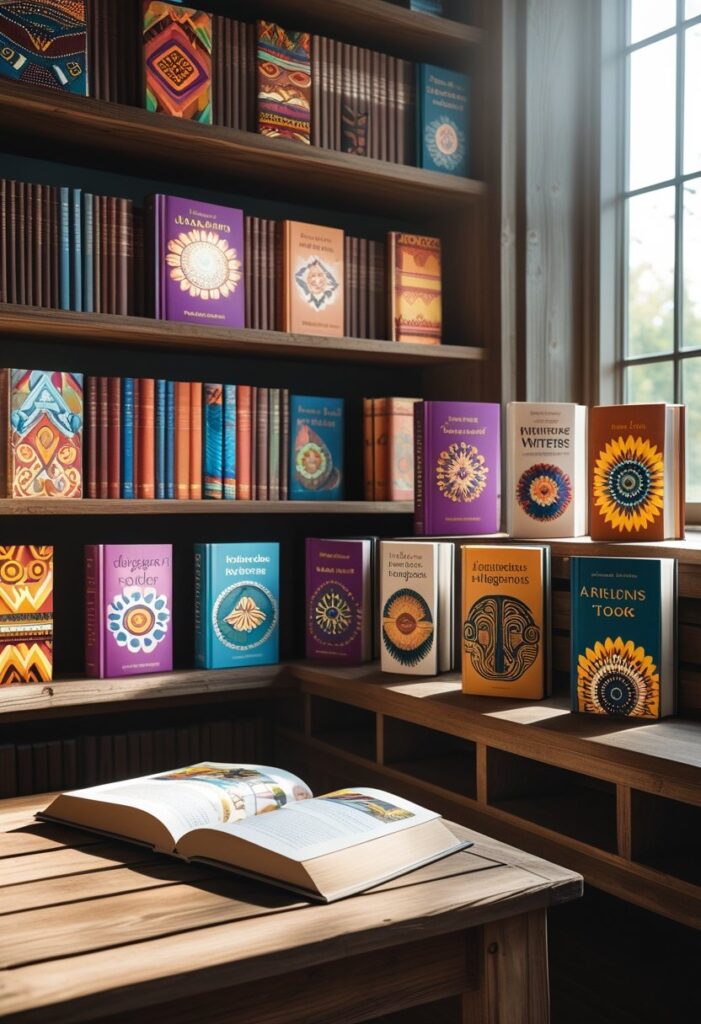
Reading books by Indigenous authors offers a direct way to understand their cultures and histories. These works share personal stories and traditional knowledge that are rarely found in mainstream media.
Such books cover various genres like fiction, poetry, and memoir. They help readers learn about Indigenous resilience and cultural heritage from real voices.
Choosing Indigenous authors supports their communities and encourages more diverse storytelling. This practice deepens respect and awareness of Indigenous experiences.
2) Participate in virtual or in-person Indigenous storytelling sessions.
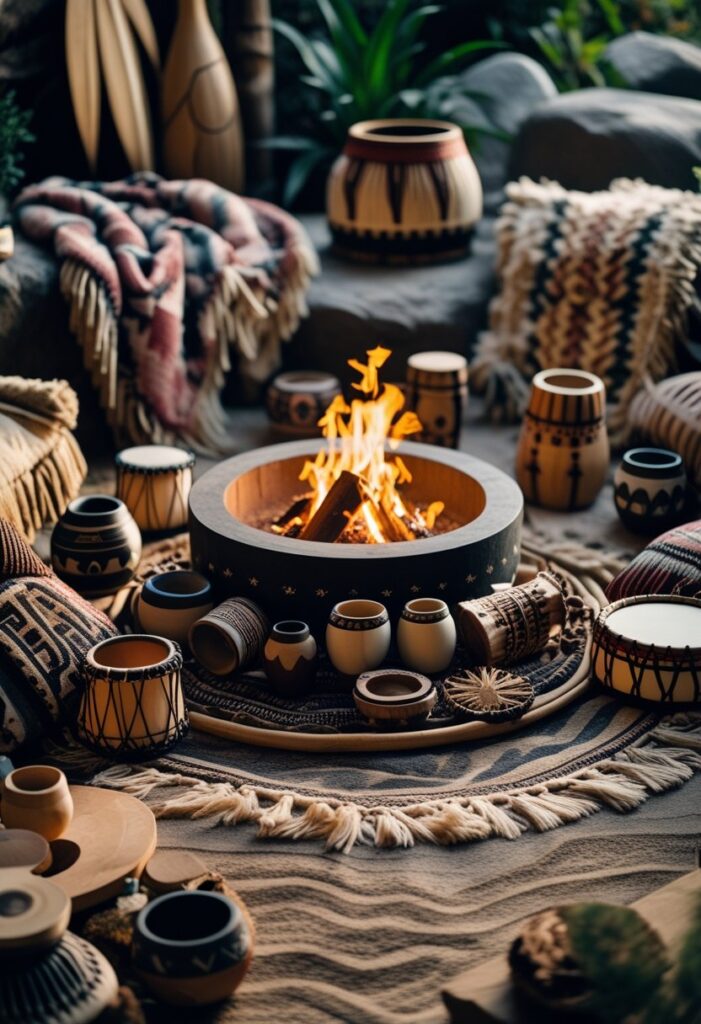
Storytelling is an important part of Indigenous cultures. It helps share history, values, and traditions.
People can join storytelling events online or in person. These sessions offer a way to learn directly from Indigenous voices.
Listening to stories deepens understanding and respects the cultural heritage. It is a meaningful way to connect with Indigenous communities.
3) Explore and support Indigenous art and crafts
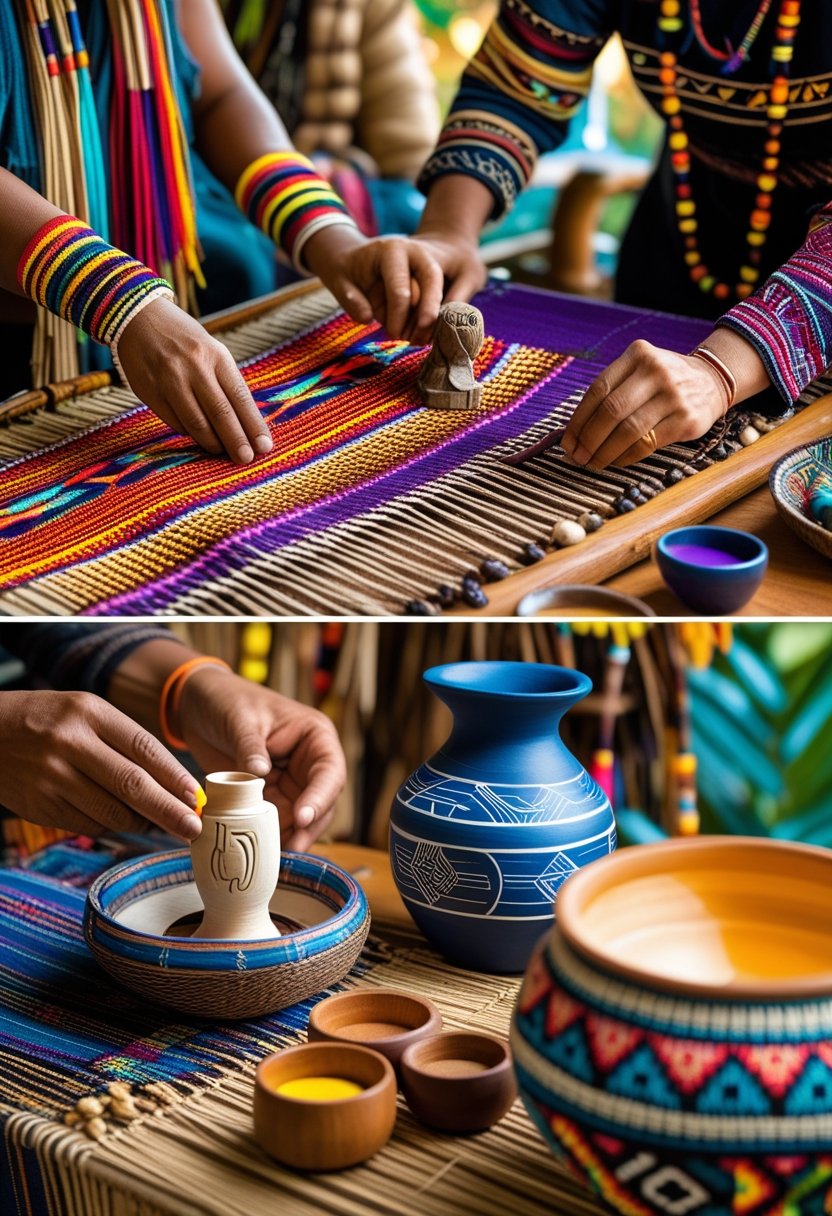
They can learn about Indigenous cultures by exploring traditional art and crafts. This helps show respect for Native heritage and history.
Supporting Indigenous artists by buying their work promotes their culture and economy. Simple crafts that honor traditions can also be a meaningful way to connect.
It is important to choose projects that respect Native ways and avoid stereotypes. This creates a more positive understanding of Indigenous peoples.
4) Attend cultural workshops to learn about Native plants and traditions.
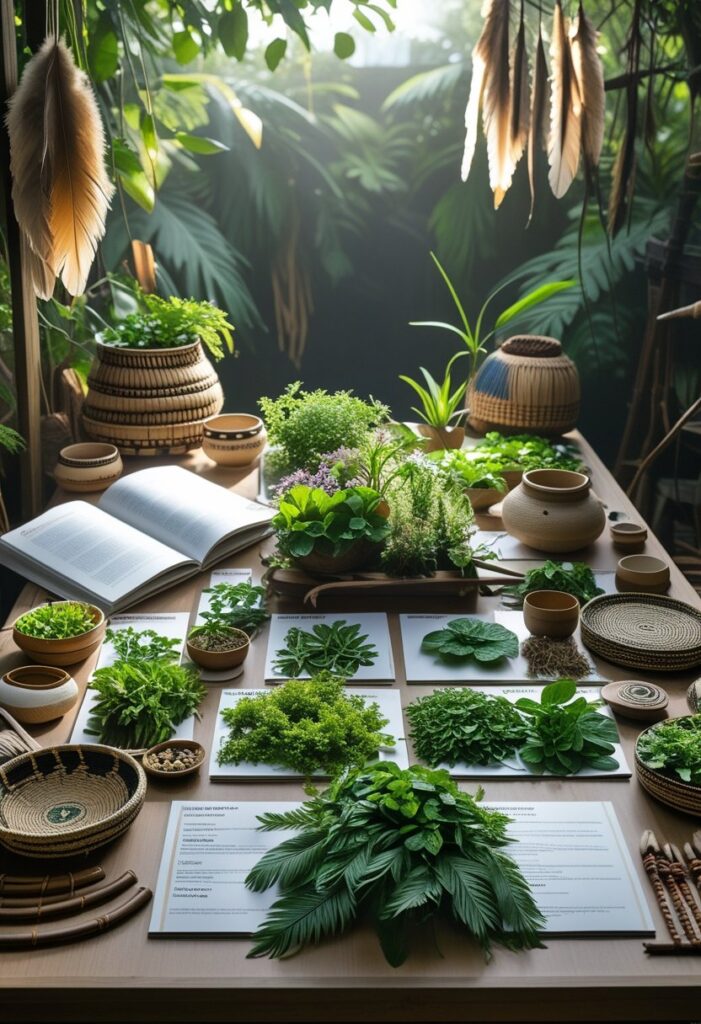
They can join workshops that focus on Native plants and their traditional uses. These sessions often teach how Indigenous people used plants for food, medicine, and tools.
Cultural workshops also explain ceremonies and customs tied to these plants. This helps deepen understanding of Indigenous knowledge and respect for nature.
Many workshops are available online or in person during Indigenous Peoples’ Day. Participating supports Native communities and keeps their traditions alive.
5) Host discussions or panels about Indigenous history and contributions
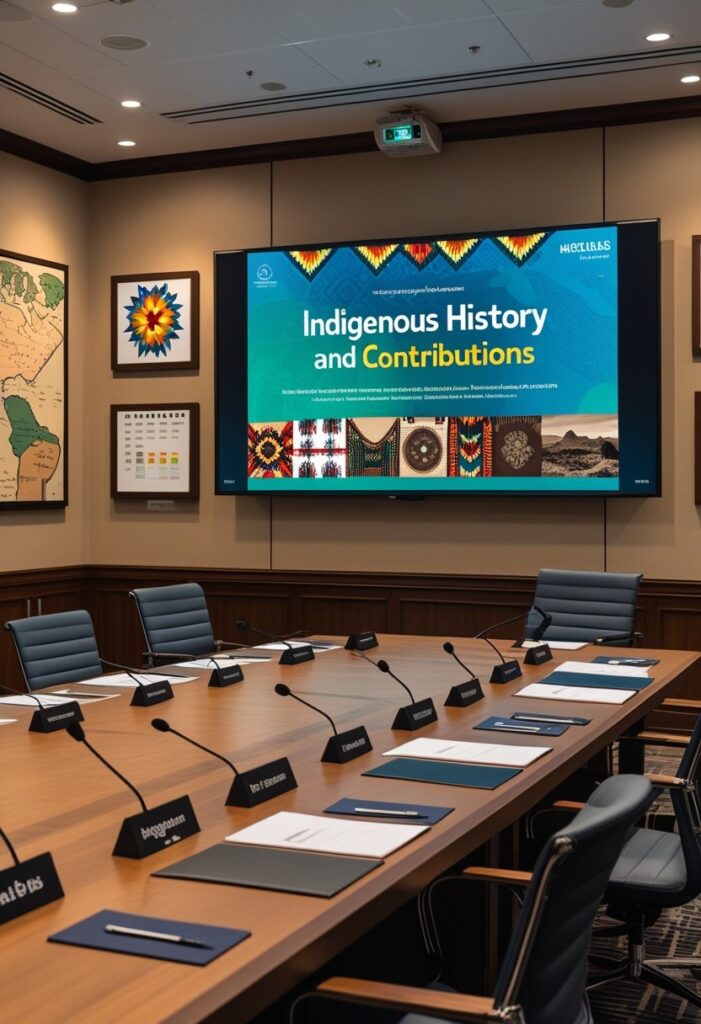
They can organize discussions or panels to share facts about Indigenous history. This helps people understand the real stories behind the cultures and their lasting impact.
These events encourage respectful conversation and learning. Inviting Indigenous speakers adds authenticity and honors their experiences.
By hosting these talks, communities create a space for reflection and education. This is an important step in recognizing the value of Indigenous peoples.
Historical Significance of Indigenous Peoples’ Day
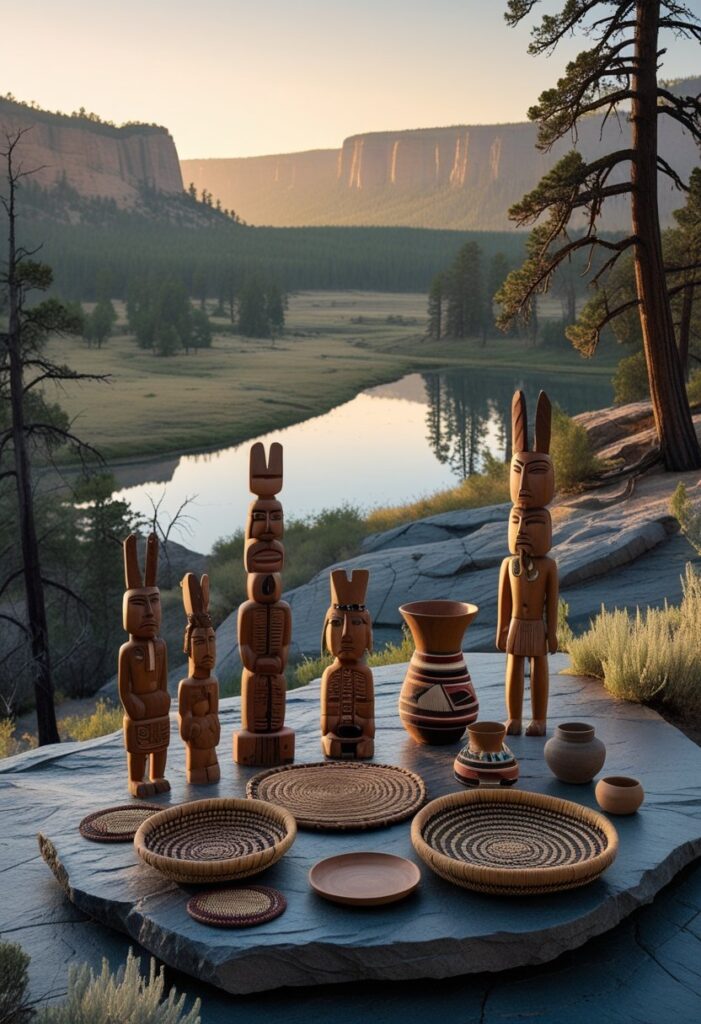
Indigenous Peoples’ Day highlights the history and culture of Native communities. It also calls attention to the harm those communities faced due to colonization. The day focuses on truth, respect, and recognition across different regions.
Origins and Purpose
Indigenous Peoples’ Day began as an alternative to Columbus Day. It was created to challenge the celebration of Christopher Columbus, whose arrival marked the start of violence and displacement for many Native peoples. The day aims to recognize the resilience of Indigenous communities and their ongoing struggles.
It is meant to honor their history, culture, and contributions. The day also raises awareness about the pain and losses Indigenous peoples have experienced over hundreds of years. It promotes healing and respect by acknowledging past injustices honestly.
Recognition Across Regions
In the United States, many states and cities observe Indigenous Peoples’ Day on the second Monday of October. Some have replaced Columbus Day entirely. This shift changes the focus to honoring Native American history and culture.
Canada celebrates National Indigenous Peoples Day on June 21, the summer solstice, which holds spiritual meaning for many Indigenous groups. Other countries recognize Indigenous peoples through different dates and events.
Across regions, Indigenous Peoples’ Day serves as a chance to learn about diverse Native cultures and support their rights today. It acts as a reminder of the need to respect and uplift Indigenous voices.
Cultural Sensitivity and Best Practices
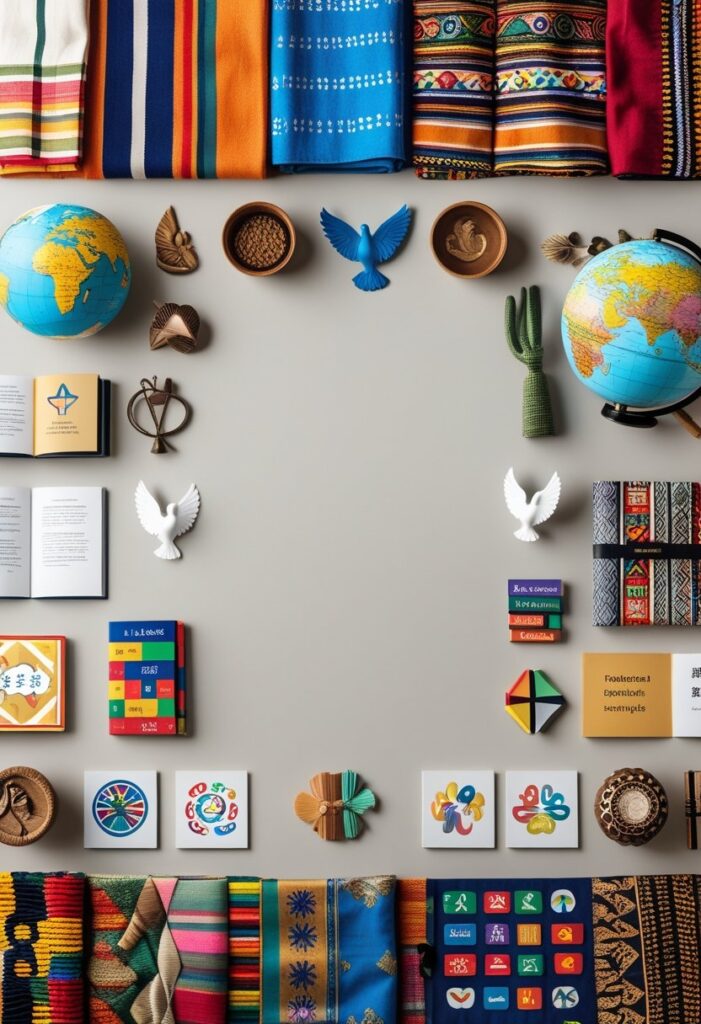
Understanding how to approach Indigenous Peoples’ Day respectfully is key. This means using the right language and supporting Indigenous communities in ways that honor their culture and autonomy.
Respectful Language and Acknowledgment
Using respectful language shows awareness and appreciation of Indigenous identities. Avoid outdated or inaccurate terms, such as “Indian,” and instead use “Indigenous,” “Native,” or specific tribal names when known.
Acknowledging the land and the history of Indigenous peoples where an event takes place is important. A land acknowledgment should be sincere and not just a formality. It recognizes the original caretakers of the area and their ongoing connection to it.
People should listen to Indigenous voices and follow their guidance on what language and terms to use. This helps prevent misunderstandings and promotes respect.
Supporting Indigenous Communities
Supporting Indigenous communities means more than attending events. It can involve buying from Indigenous artists and businesses to help sustain their culture and economy.
Volunteering with or donating to Indigenous-led organizations honors their autonomy. These groups understand their needs best and can guide how help is used.
Respectful support also includes educating oneself and others about Indigenous history and contemporary issues. This creates a foundation for meaningful connection, not just symbolic gestures.
Frequently Asked Questions
Many people seek to understand why Indigenous Peoples’ Day is rising in recognition, its history, and where it is officially observed across the United States.
What are the reasons for celebrating Indigenous Peoples’ Day instead of Columbus Day?
Indigenous Peoples’ Day honors the history, culture, and contributions of Indigenous communities. It recognizes the harm caused by European settlers and shifts focus from celebrating Columbus, whose arrival led to colonization and suffering for Native peoples.
In what year was Indigenous Peoples’ Day officially acknowledged?
Indigenous Peoples’ Day gained official recognition in various places starting in the 1990s. South Dakota was the first state to replace Columbus Day with Native American Day in 1990. Many other states and cities have followed since then.
Which states in the US officially observe Indigenous Peoples’ Day?
Several states recognize Indigenous Peoples’ Day either instead of or alongside Columbus Day. These include Alaska, Maine, New Mexico, Vermont, and Minnesota, among others. Many cities and towns also officially celebrate the day.



